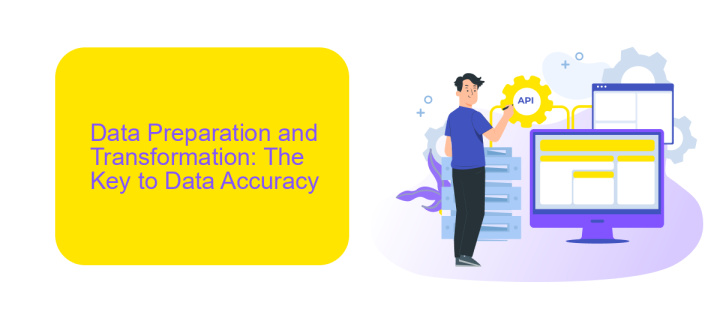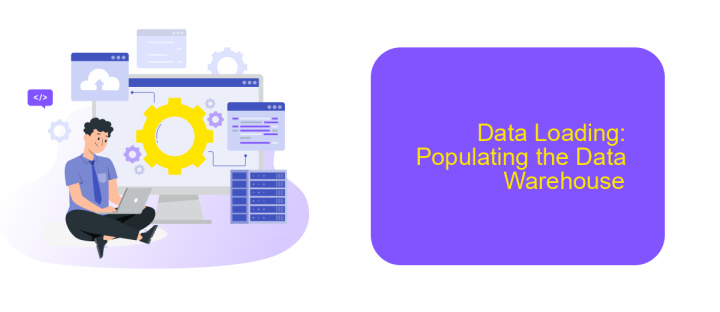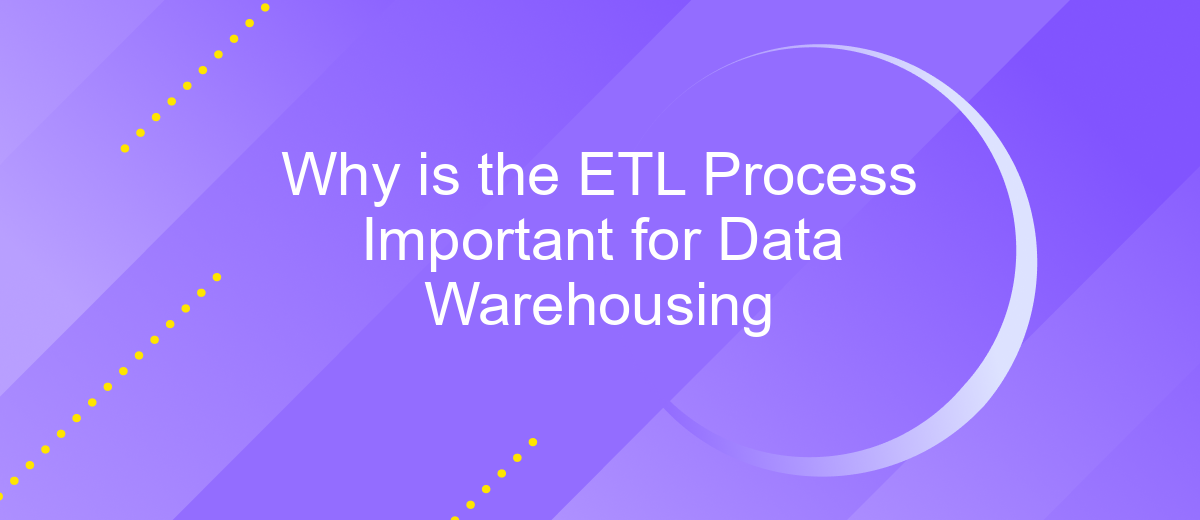Why is the ETL Process Important for Data Warehousing
The ETL (Extract, Transform, Load) process is a cornerstone of data warehousing, enabling organizations to consolidate data from diverse sources into a single, unified repository. By ensuring data is accurately extracted, appropriately transformed, and efficiently loaded, ETL enhances data quality, consistency, and accessibility, thereby empowering businesses to make informed decisions and drive strategic initiatives based on reliable insights.
Introduction: Understanding the Significance of the ETL Process
The Extract, Transform, Load (ETL) process is a cornerstone of modern data warehousing, enabling organizations to consolidate data from various sources into a single, unified repository. This process not only facilitates data integration but also ensures data quality and consistency, which are critical for accurate business intelligence and decision-making.
- Extract: Collecting data from diverse sources, such as databases, APIs, and flat files.
- Transform: Cleaning, enriching, and converting data into a suitable format for analysis.
- Load: Inserting the transformed data into a data warehouse for storage and retrieval.
By automating these stages, services like ApiX-Drive simplify the ETL process, allowing businesses to seamlessly integrate data from multiple platforms. This automation not only saves time but also reduces the risk of errors, ensuring that the data in the warehouse is both reliable and up-to-date. Ultimately, a well-executed ETL process is essential for leveraging the full potential of data warehousing solutions.
Data Preparation and Transformation: The Key to Data Accuracy

Data preparation and transformation are critical steps in ensuring data accuracy within data warehousing. These processes involve cleaning, structuring, and converting raw data into a format suitable for analysis. By addressing inconsistencies, removing duplicates, and filling in missing values, organizations can ensure that their data is reliable and ready for insightful decision-making. Proper data transformation also includes standardizing data formats and integrating data from various sources, which is essential for creating a unified view of the information.
In today's data-driven world, tools like ApiX-Drive play a crucial role in streamlining these processes. ApiX-Drive simplifies the integration of various data sources, ensuring seamless data flow and reducing the risk of errors. By automating data extraction, transformation, and loading (ETL) tasks, ApiX-Drive enables organizations to focus on analyzing data rather than getting bogged down by manual data preparation. This not only enhances data accuracy but also significantly improves efficiency, allowing businesses to make faster, more informed decisions.
Data Integration: Combining Diverse Data Sources

Data integration is a crucial aspect of the ETL process, especially when dealing with data warehousing. It involves combining data from various sources to create a unified view, which can significantly enhance the quality and comprehensiveness of the data available for analysis. This process ensures that data from different systems, formats, and structures can work together seamlessly.
- Identify and connect to diverse data sources such as databases, cloud services, and APIs.
- Extract data from these sources while ensuring data integrity and consistency.
- Transform the data to align with the target schema and business rules.
- Load the transformed data into the data warehouse for centralized access and analysis.
Tools like ApiX-Drive can facilitate this integration by automating the connection and data transfer between various platforms. ApiX-Drive supports numerous data sources and offers a user-friendly interface to set up and manage integrations without extensive coding knowledge. This not only saves time but also reduces the risk of errors, ensuring a smoother and more reliable data integration process.
Data Loading: Populating the Data Warehouse

Data loading is a crucial step in the ETL process, where cleansed and transformed data is transferred into the data warehouse. This phase ensures that data is available for analysis and reporting, facilitating better decision-making.
During data loading, it is essential to maintain data integrity and consistency. This involves handling various data formats and ensuring that the data conforms to the schema of the data warehouse. Tools and services like ApiX-Drive can automate and streamline this process, making it more efficient and reliable.
- Automated data integration
- Real-time data synchronization
- Error handling and logging
- Scalability to handle large data volumes
Using a service like ApiX-Drive can significantly reduce the complexity of data loading by providing seamless integration with various data sources. This allows organizations to focus on analyzing the data rather than managing the intricacies of data transfer, ultimately leading to more agile and informed business strategies.


Conclusion: The Impact of the ETL Process on Data Warehousing Success
The ETL process is a cornerstone of successful data warehousing, as it ensures that data is accurately extracted, transformed, and loaded into the warehouse. By maintaining data integrity and consistency, ETL processes enable businesses to make informed decisions based on reliable data. Without a robust ETL framework, data warehouses would struggle with issues such as data duplication, inconsistency, and inaccuracy, ultimately undermining their effectiveness.
Moreover, modern ETL tools and services, like ApiX-Drive, simplify the integration of various data sources, making it easier for organizations to manage and automate their data workflows. By leveraging such services, businesses can streamline their ETL processes, reduce manual intervention, and enhance overall efficiency. In conclusion, a well-implemented ETL process is critical for the success of data warehousing, ensuring that organizations can harness the full potential of their data for strategic decision-making.
FAQ
What is ETL in the context of data warehousing?
Why is the ETL process crucial for data warehousing?
How does ETL improve data quality?
What are the challenges associated with the ETL process?
How can ETL automation benefit organizations?
Time is the most valuable resource for business today. Almost half of it is wasted on routine tasks. Your employees are constantly forced to perform monotonous tasks that are difficult to classify as important and specialized. You can leave everything as it is by hiring additional employees, or you can automate most of the business processes using the ApiX-Drive online connector to get rid of unnecessary time and money expenses once and for all. The choice is yours!

